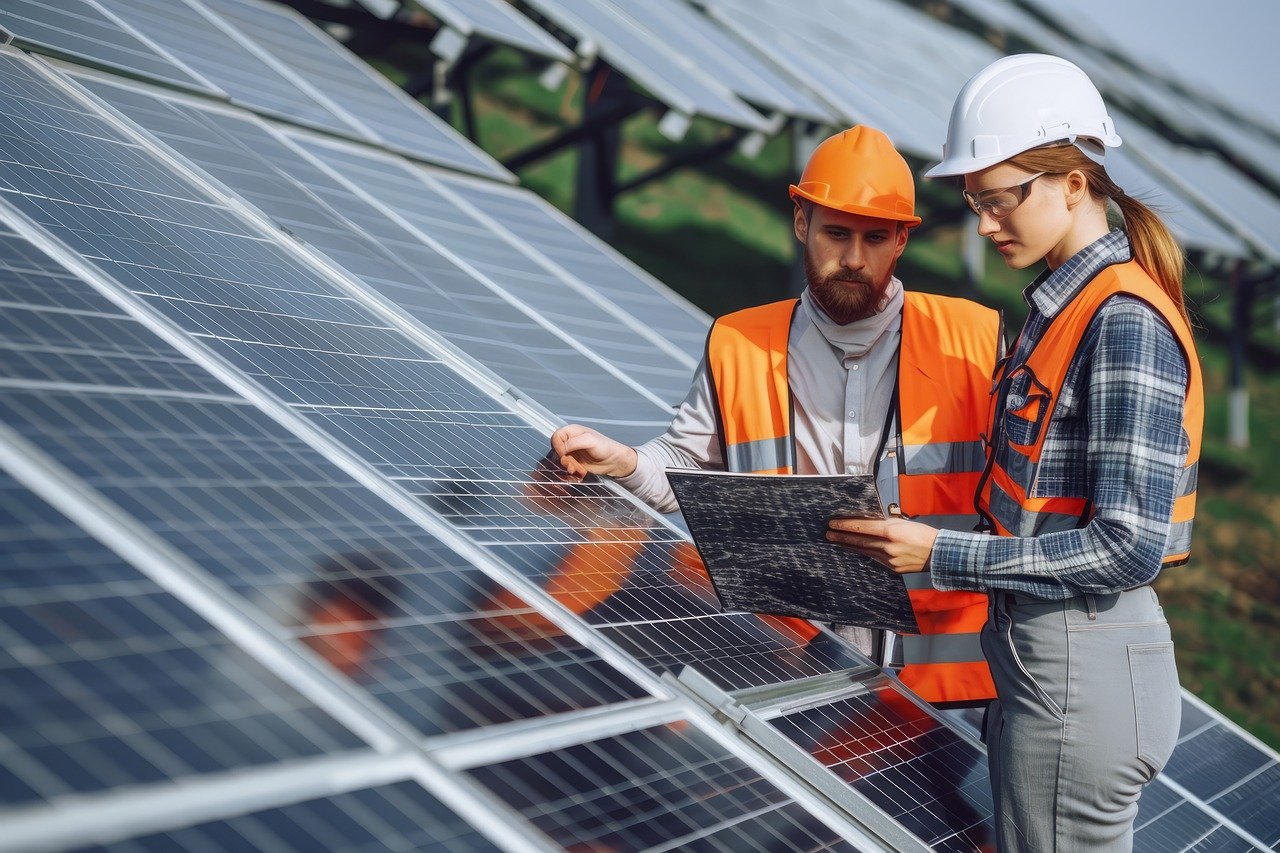
Recent growth in US battery energy storage systems and hybrid power plants has been pretty confident. It is reported that the United States is well on track in the development of Battery Energy Storage Systems and hybrid power plants within the last couple of years. Recent reports and studies point to the growing installed capacity of BESS in the country, a trend likely to flow well into the future.
In the US, the installed BESS capacity was at 14.689GW in Q3 2023. ERCOT added 40% of new capacity and leads the states. Indeed, Wood Mackenzie forecasts that by the end of 2023, BESS smart installations will grow to 17 GW; BESS installations may go over 20 GW by 2030.
How is the Market Size of BESS Expected to Grow?
The North American BESS market is anticipated to grow rapidly, reaching a size of US$3.91 billion by 2024, reaching US$15.28 billion by 2029, at a CAGR of 31.28% during the forecast period of 2024 to 2029. This is partly explicable due to declining Li-ion battery prices and increasing renewable energy penetration.
Why Is Demand for BESS Variable Across Major US States?
Demand is very variable across states. For example, California has an average discharge duration of over 4 hours, significantly higher than in any other region. The top five states - California, Texas, Illinois, Massachusetts, and Hawaii - hold more than 70% of the total installed capacity of BESS in the US.
What Role Do Hybrid Power Plants Play in the US Energy Mix?
While all this was happening, over the past years, development of hybrid power plants that combine different generation methods or generation with storage also accelerated. By the end of 2021, hybrid power plants made up 3% of the US total generating capacity. Projects like the Stillwater Geothermal Solar Hybrid Project in Nevada are examples of how hybrid power plants could further diversify the energy mix and reduce environmental pollution.
How has policy support fuelled growth?
They are very critical for the growth of both BESS and hybrid power plants due to federal policies. To that effect, ITC policy has been extended to hybrid projects, where investors get a 30% tax credit on their investments. This will encourage the penetration of energy storage into new energy power plants. This is followed by the "National Blueprint for Lithium Batteries 2021-2035" that aims to ensure that the US becomes the world's leader in battery technology and therefore calls for research and education toward the realization of this goal.



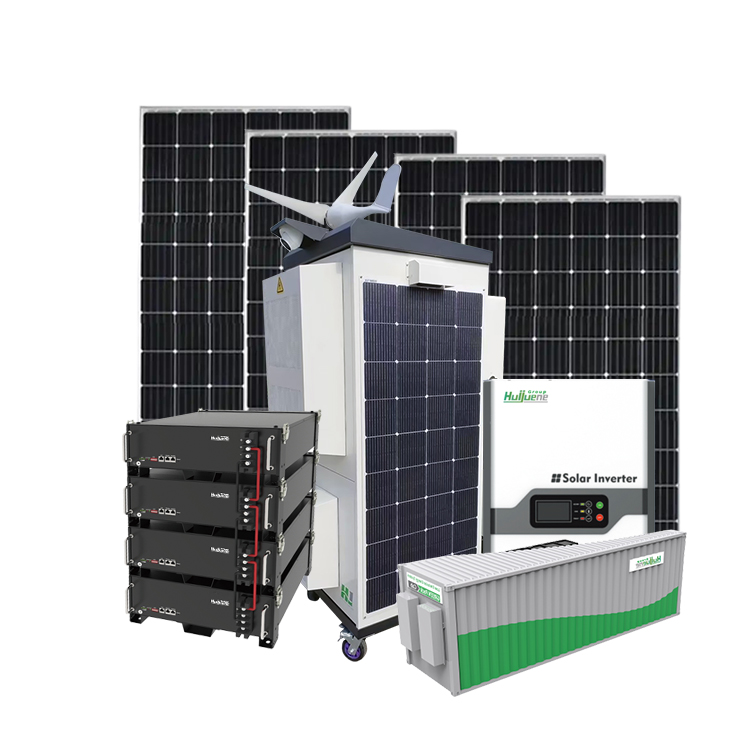
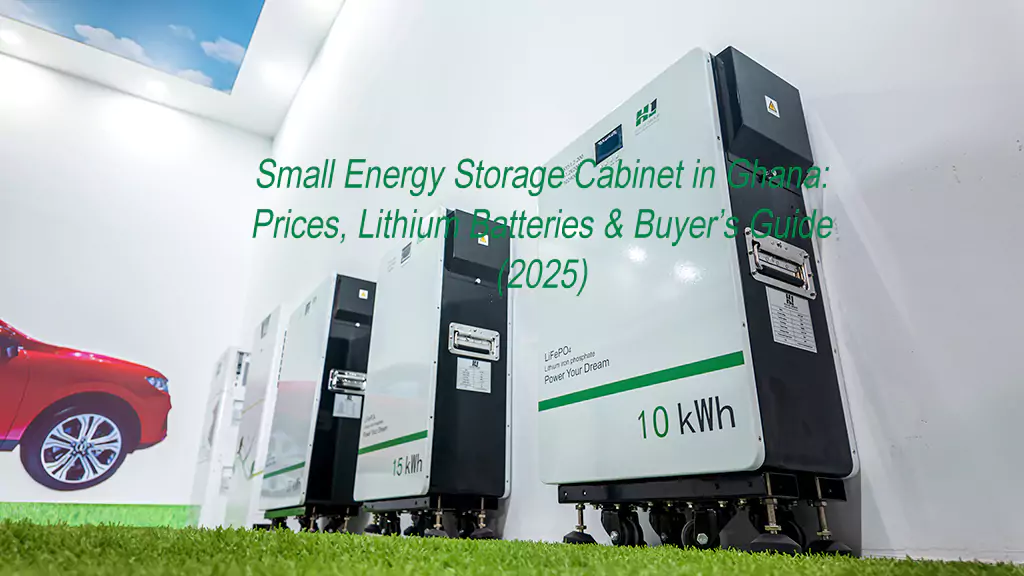
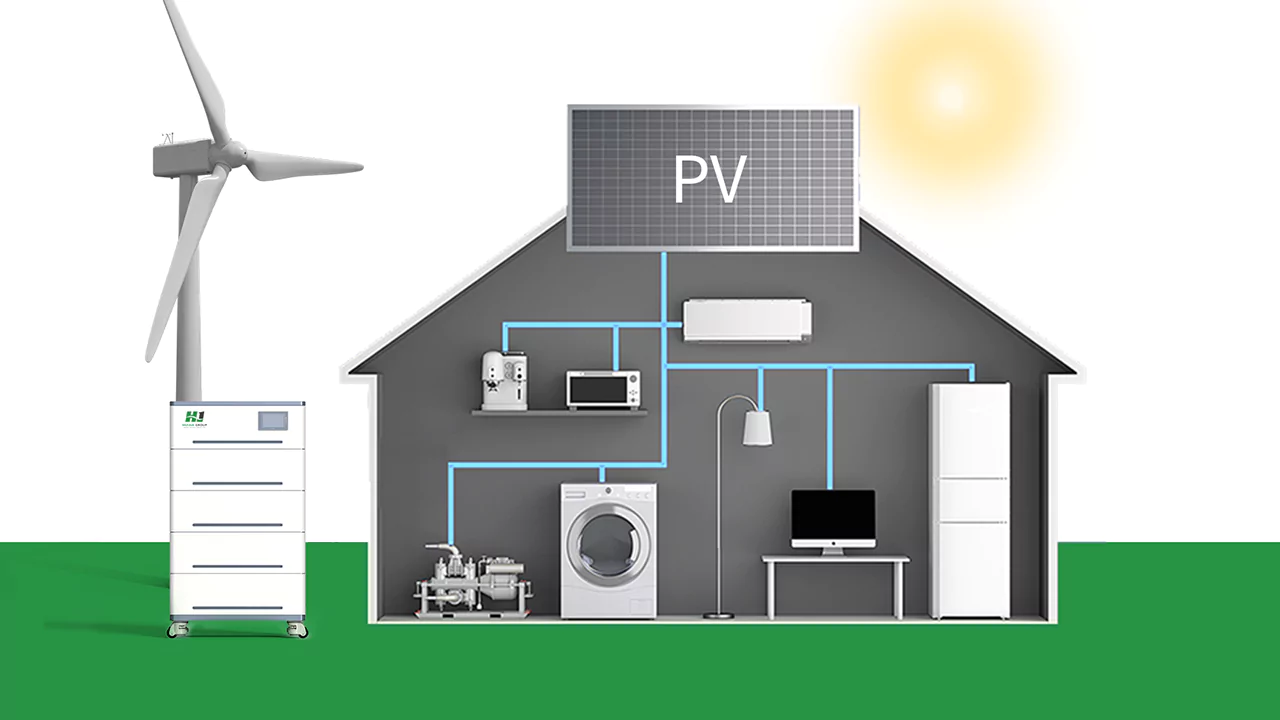
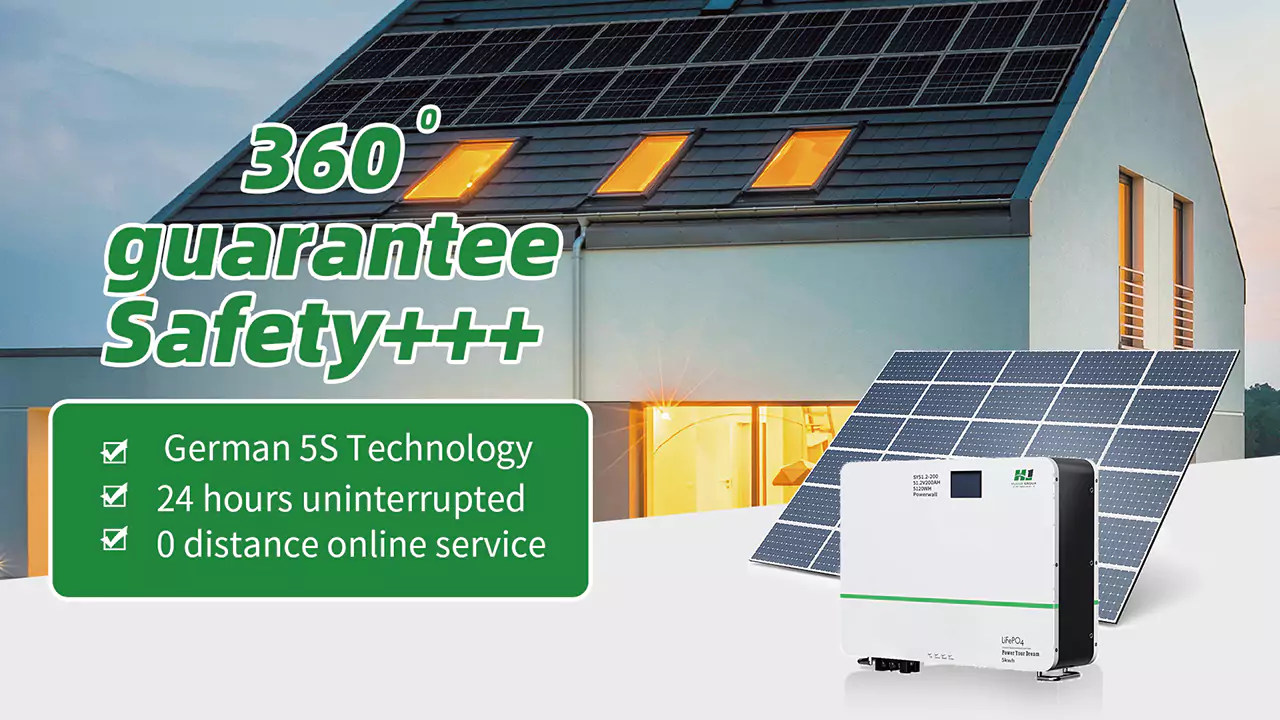
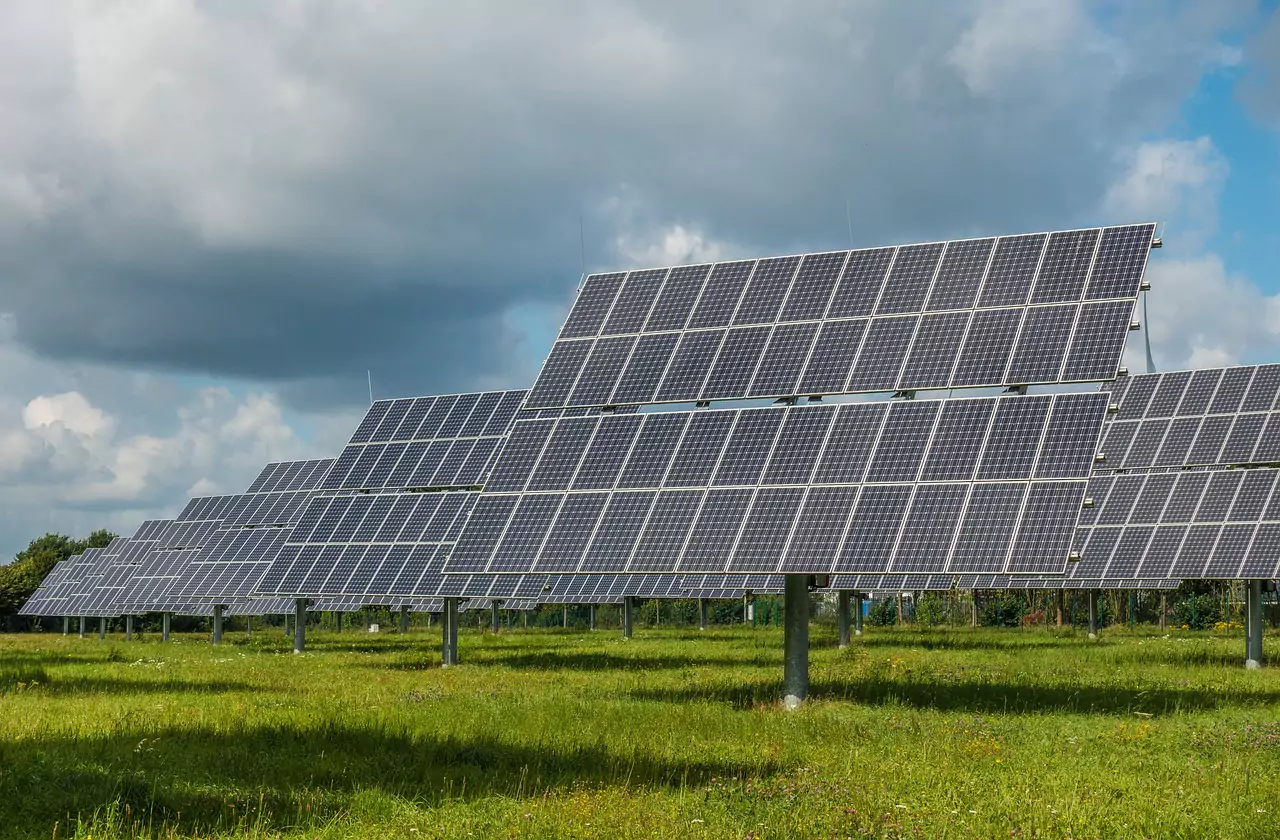

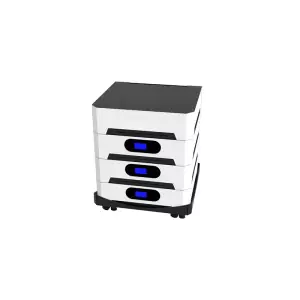
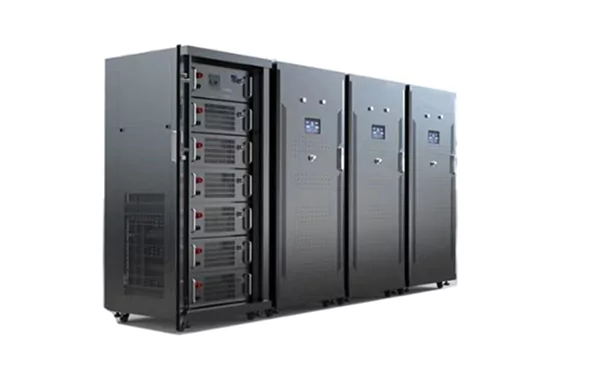

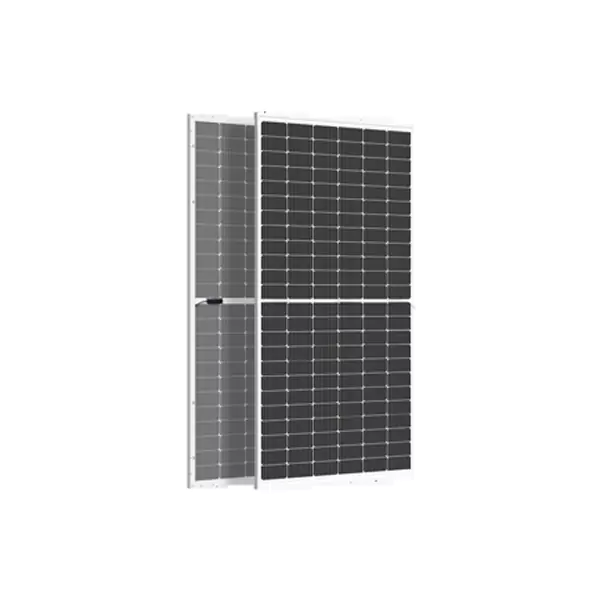
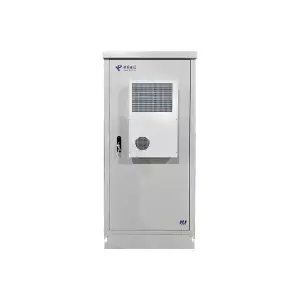
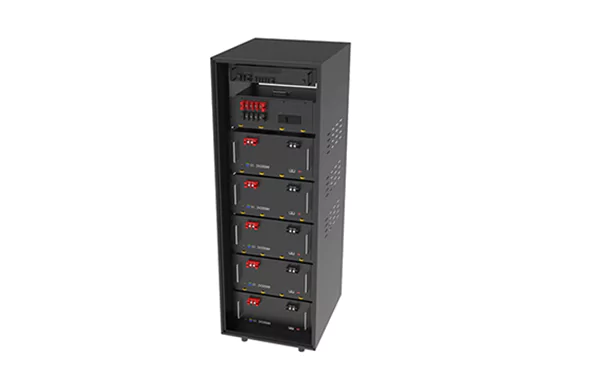

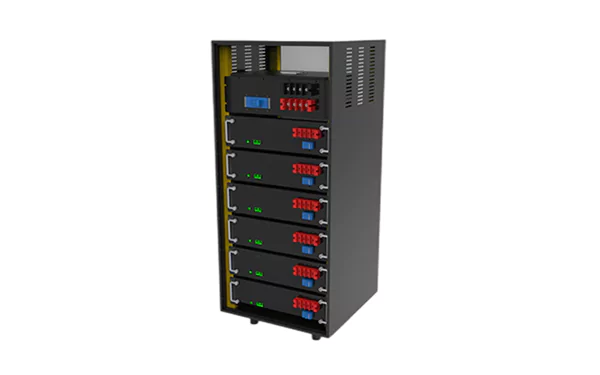
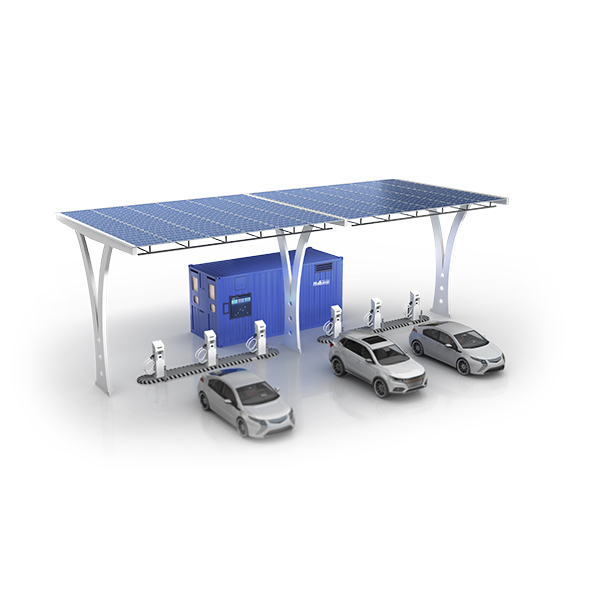
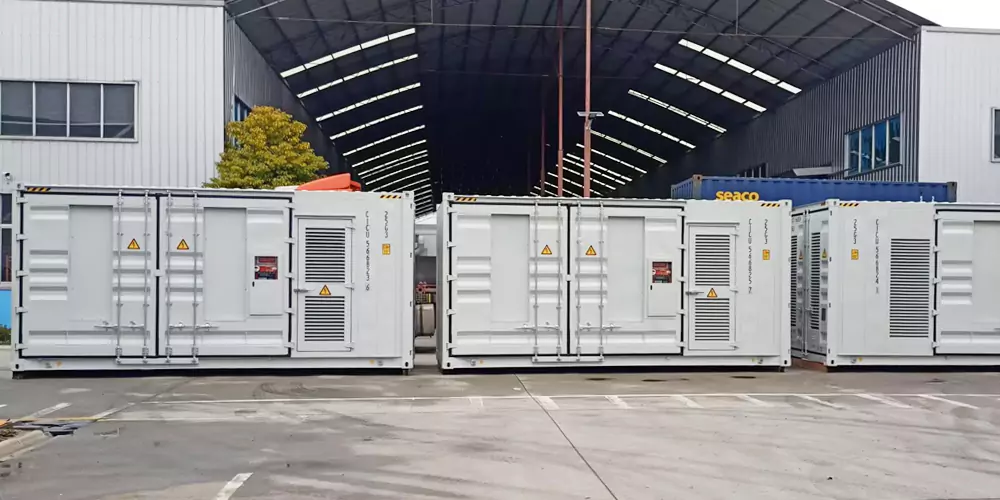
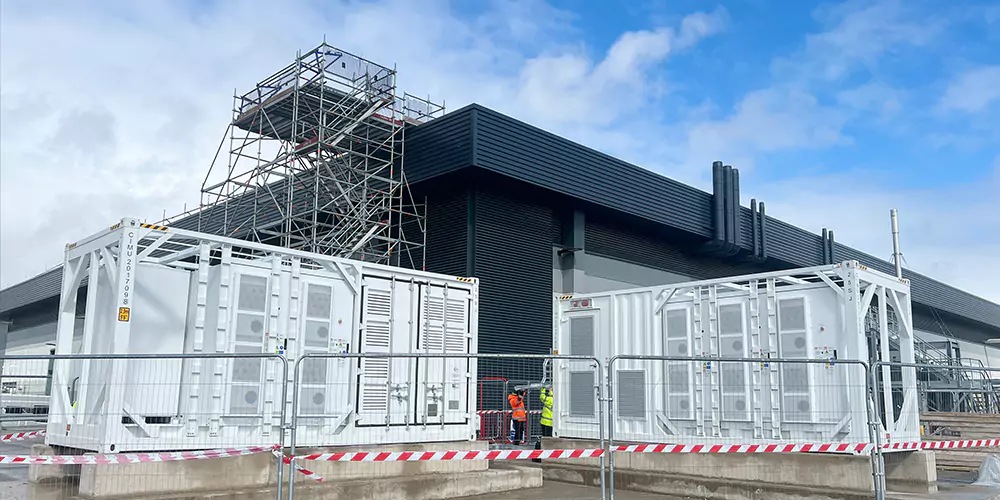

 Inquiry
Inquiry Online Chat
Online Chat